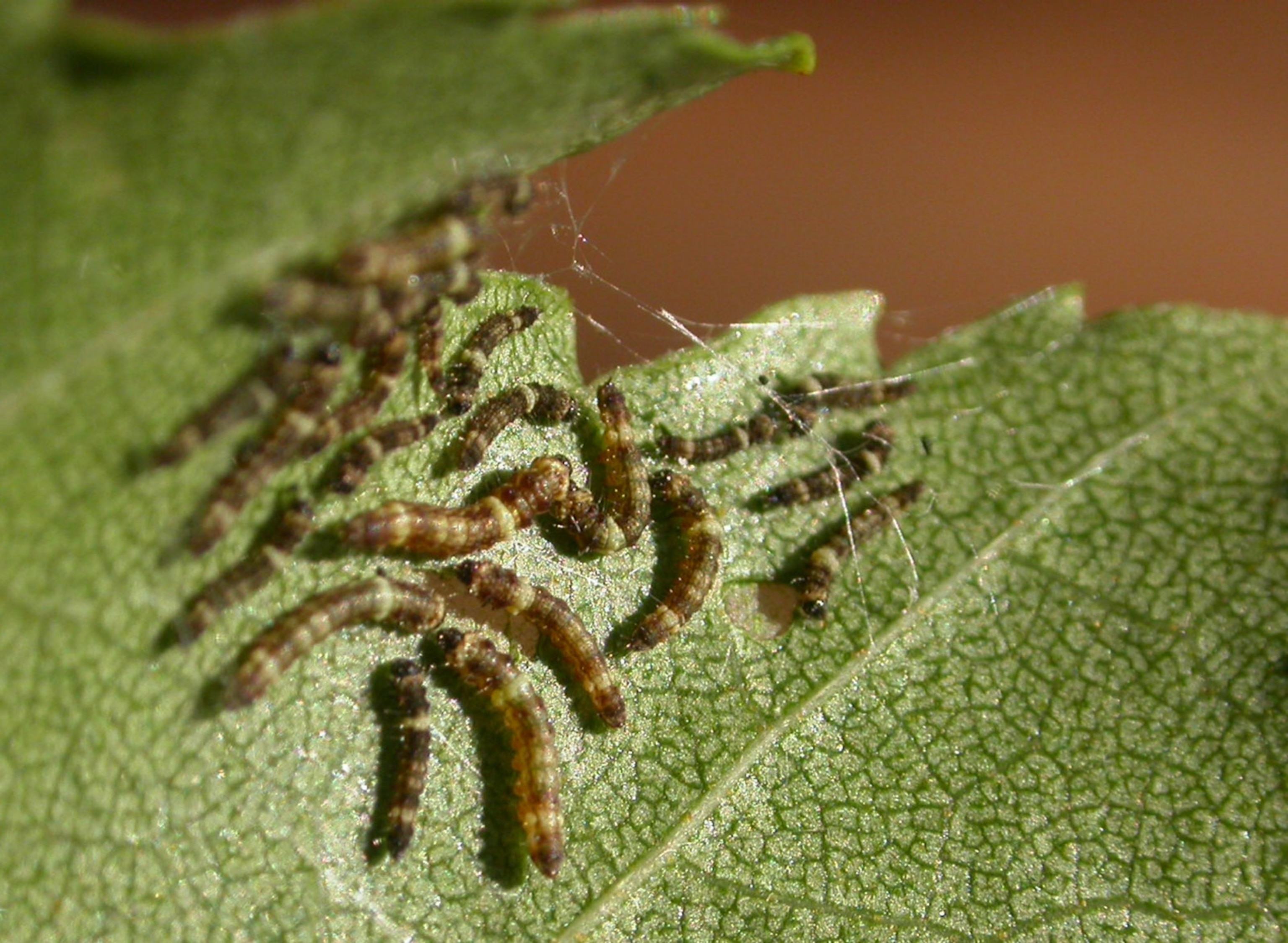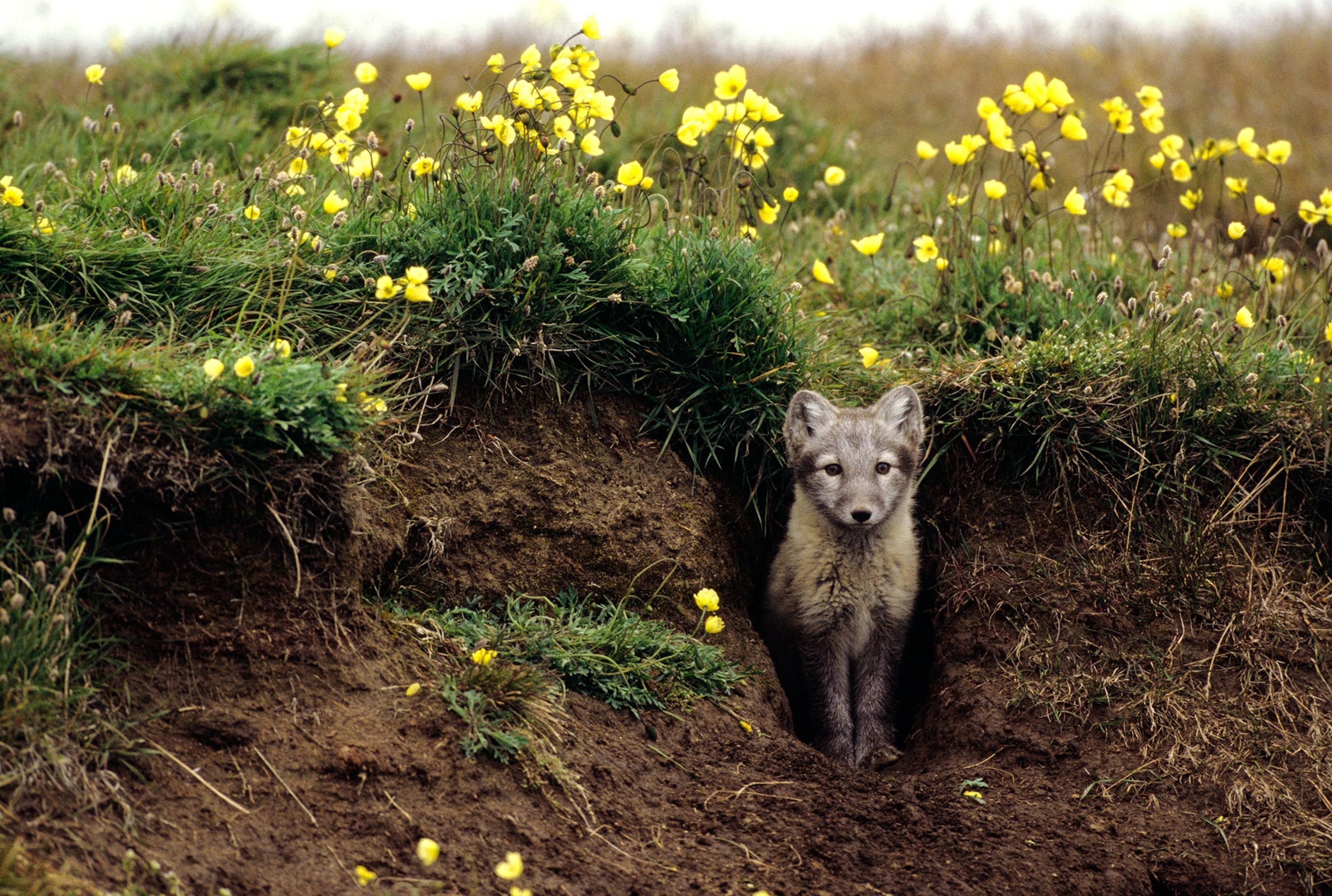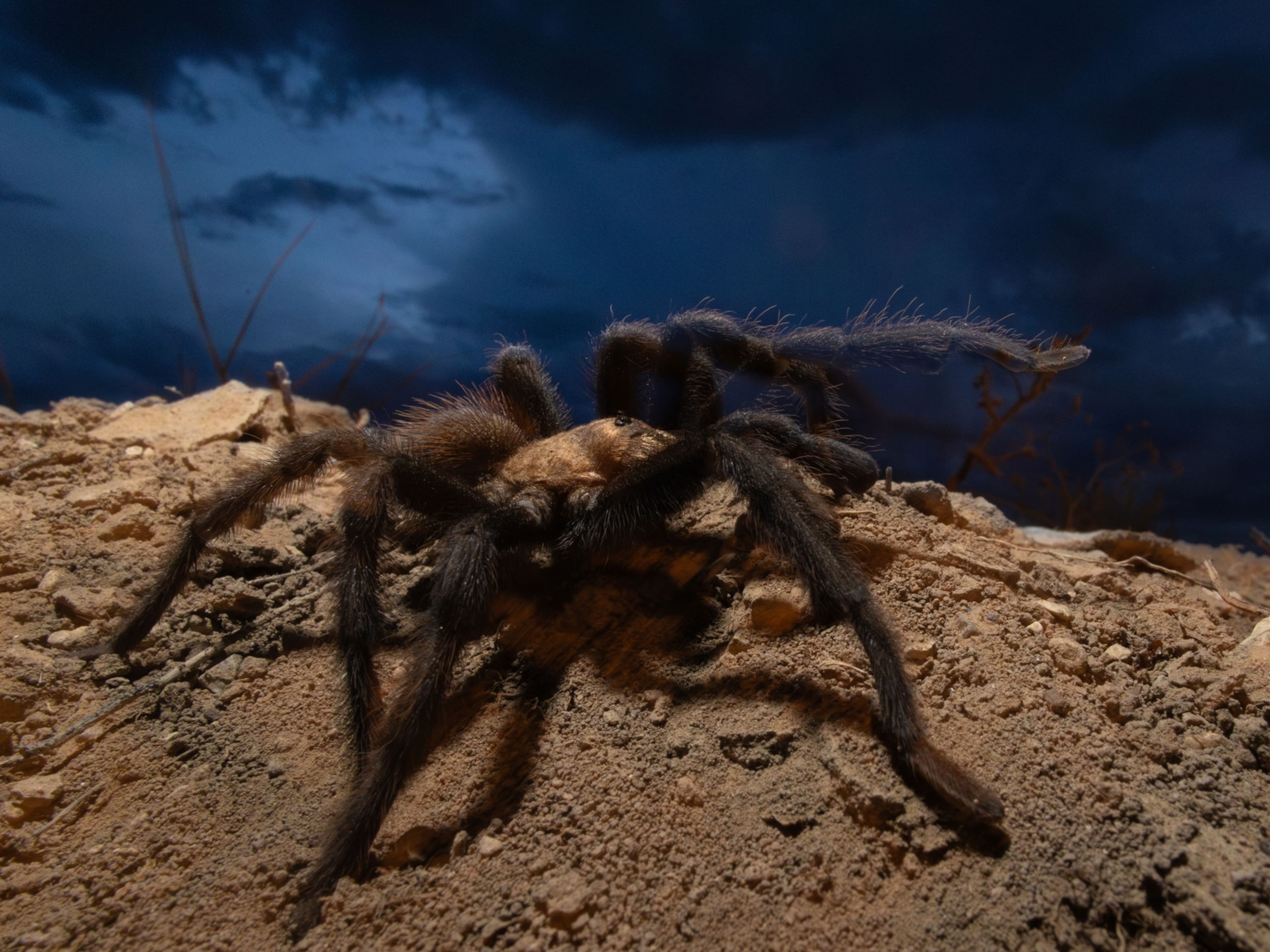
The 10 Weirdest Animal Stories of 2016
From a shark with a sex organ on its head to a spider with a flashing disco ball, we rounded up Earth's oddest offerings of the year.
This was a weird year for many—including Mother Nature.
This year brought us two-headed sharks, anal-drumming caterpillars, and a spider with an internal disco ball—you can't make this stuff up.
For our biggest fans of the bizarre, we've rounded up 2016's strangest animal discoveries. (See the weirdest animal stories of 2015.)
10) Longest-Lived Vertebrate May Live 500 Years

It's no fish tale: The Greenland shark is the longest-lived vertebrate on the planet, an August study found.
The animal, native to the cold, deep waters of the North Atlantic, can live to at least 272 years—and possibly to the ripe old age of 500. (Related: "Meet the Animal That Lives for 11,000 Years.")
“We had an expectation that they would be very long-lived animals, but I was surprised that they turned out to be as old as they did,” says study leader Julius Nielsen, a biologist at the University of Copenhagen.
9) Extremely Rare White Giraffe Spotted

Talk about a head-turner: An extremely rare white giraffe calf was spotted in January in Tanzania's Tarangire National Park.
Scientists at the New Hampshire-based wildlife-research group Wild Nature Institute originally reported the newborn Masai giraffe calf in 2015, around the time a local tour guide named her Omo, after a popular local brand of detergent.
Omo isn't albino; she has a genetic condition called leucism, says Derek Lee, founder of the institute. Her skin cells don’t produce pigmentation, but soft tissues, such as her dark eyes, do.
8) 'Skiing Cat' Filmed in Action
In a March video made exclusively for National Geographic, Jesper—the famous "skiing cat" of Norway—goes cross-country skiing in the snowy wilderness.
Like a sled dog, the cat trots in front of owner Aina Stormo as she skis—and when he gets tired, he rides along on her shoulder. (Also see "How Cats and People Grew to Love Each Other.")
The three-year-old mixed breed's love of winter activities has made him an Internet sensation. In his many YouTube videos, Jesper explores forests, swims, hangs out with horses, and, of course, goes on ski trips.
7) Caterpillar Drums Its Anus to Find Friends

When it comes to finding new friends, this caterpillar busts its butt—literally.
Scientists already knew that masked birch caterpillars rub hairs on their rear ends against a leaf to create vibrations.
But research described in April suggests that the pepper-grain-size insects use so-called anal drumming to beckon other young caterpillars to join their silken shelters. (See "Giant Sea Cucumber Eats With Its Anus.")
6) Disco Spider Pulsates With Baffling Color
Regularly photographed in Singapore, the creature's pulsating designs are proving a tricky puzzle to solve. Scientists don’t know how the arachnid, in the genus Cyrtarachne, produces the internal movements, let alone what purpose it might serve.
“I haven’t seen anything like it,” Linda Rayor, a spider biologist at Cornell University, said in December. “Really, it is bizarre and interesting.”
5) Two-Headed Sharks Keep Popping Up

Two-headed sharks may sound like a figment of the big screen, but they exist—and more are turning up worldwide, scientists say.
For instance, Spanish researchers identified an embryo of an Atlantic sawtail catshark with two heads, according to a November study, and several have been discovered in recent years.
No one knows why more two-headed sharks are showing up, but some suspect that overfishing is reducing the gene pool, leading to genetic abnormalities. Others suggest simply that there are more scientific journals around to publish accounts.
4) Why This Animal's Pee Smells Like Buttered Popcorn

Binturongs, or bearcats—neither bears nor cats—are Southeast Asian mammals whose urine has a movie-theater aroma.
A study published in April found this strange scent is produced by a chemical compound in their urine called 2-AP.
The compound is the same substance that gives fresh popcorn its yummy smell, according to the study's scientists. When a popcorn kernel is heated, the proteins and sugars create a chemical reaction that in turn forms 2-AP.
3) Arctic Foxes 'Grow' Their Own Gardens

The little carnivores' colorful dens provide veritable oases in the tundra, scientists announced in May.
With litters averaging eight to 10 pups—some as high as 16—a lot of foxes are depositing a lot of nutrients in and around their underground dens, a combination of urination, defecation, and leftover kills.
The organic matter supports an explosion of lush dune grass, diamondleaf willows, and yellow wildflowers—a flash of color in an otherwise gray landscape.
2) Spider That Looks Like a Leaf

This orb-weaving spider, native to southwestern China, is the first one known to mimic a leaf.
The arachnid uses its silk to attach leaves to tree branches and then hides among the branches, according to a November study in the Journal of Arachnology. The researchers still aren't sure why the spider does this, but they believe it's likely to hide from predators or sneak up on prey.
1) Deep-Sea Ghost Shark Filmed for First Time
Video released in December reveals what scientists believe is the first footage of the pointy-nosed blue chimaera (Hydrolagus trolli). Found off California, this odd animal was thought to live only in the Southern Hemisphere.
Unlike those more well-known sharks, chimaeras don’t have rows of ragged teeth but instead munch up their prey—mollusks, worms, and other bottom-dwellers—with mineralized tooth plates.
And perhaps most fascinating, male chimaeras sport retractable sex organs on their foreheads.
How's that for some holiday party trivia?








